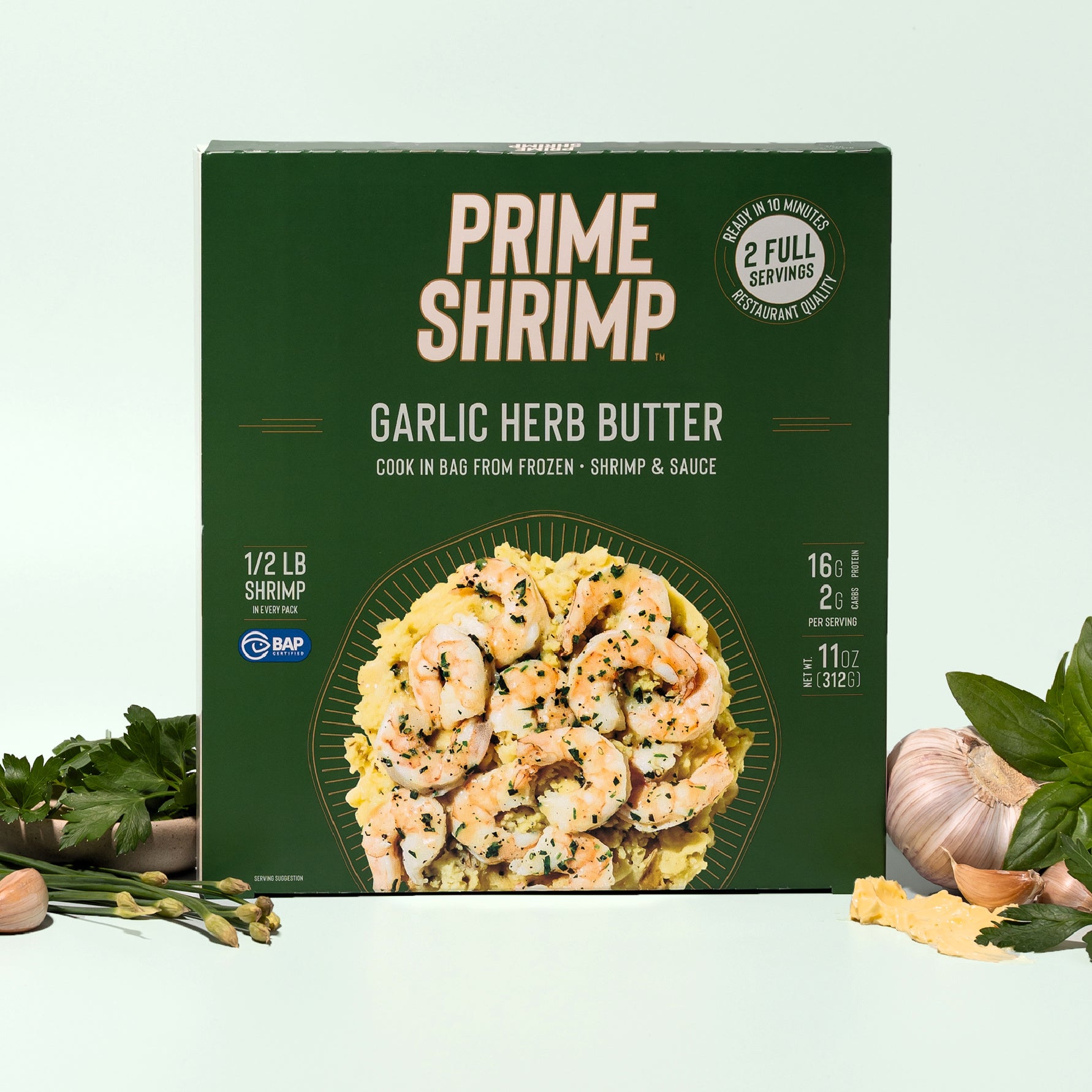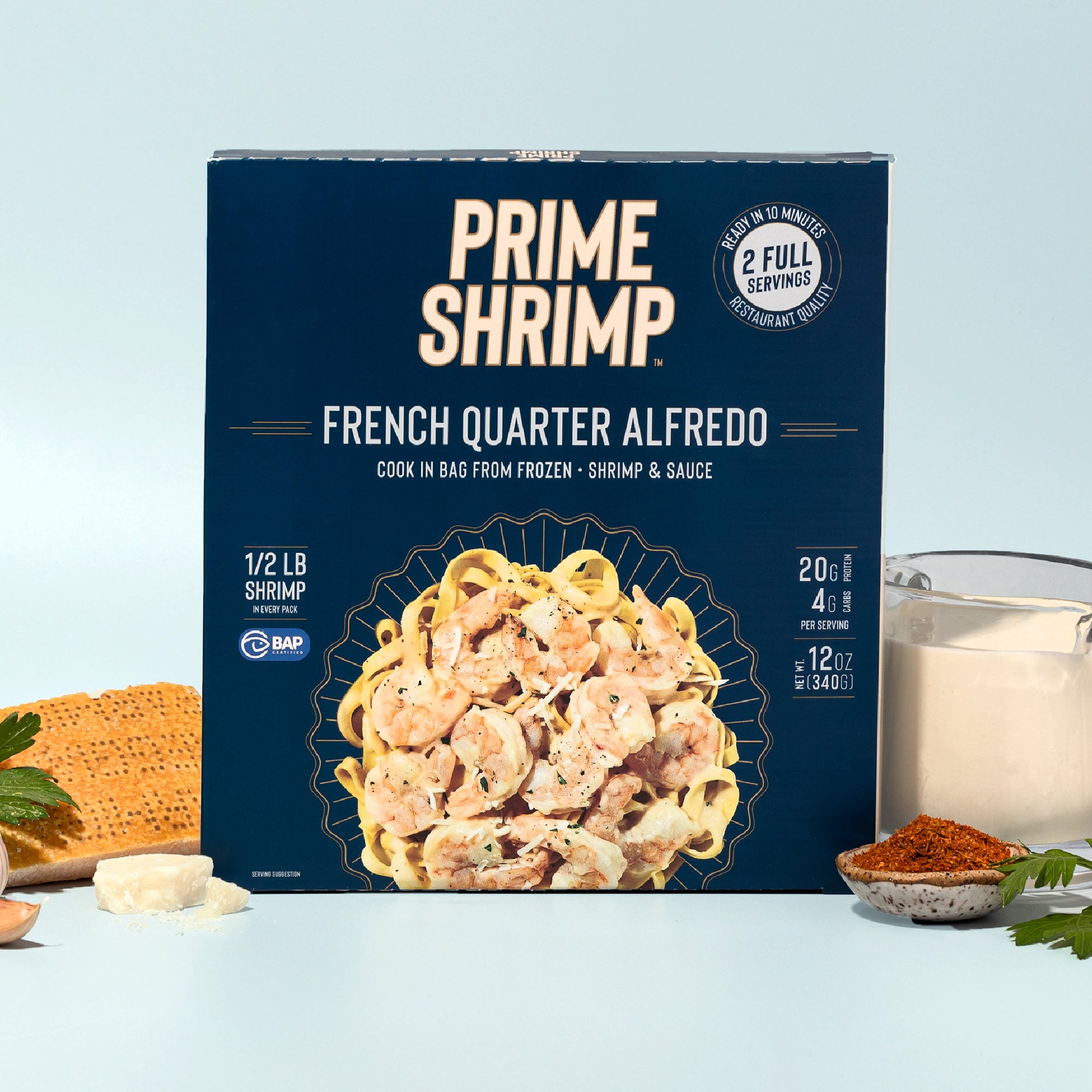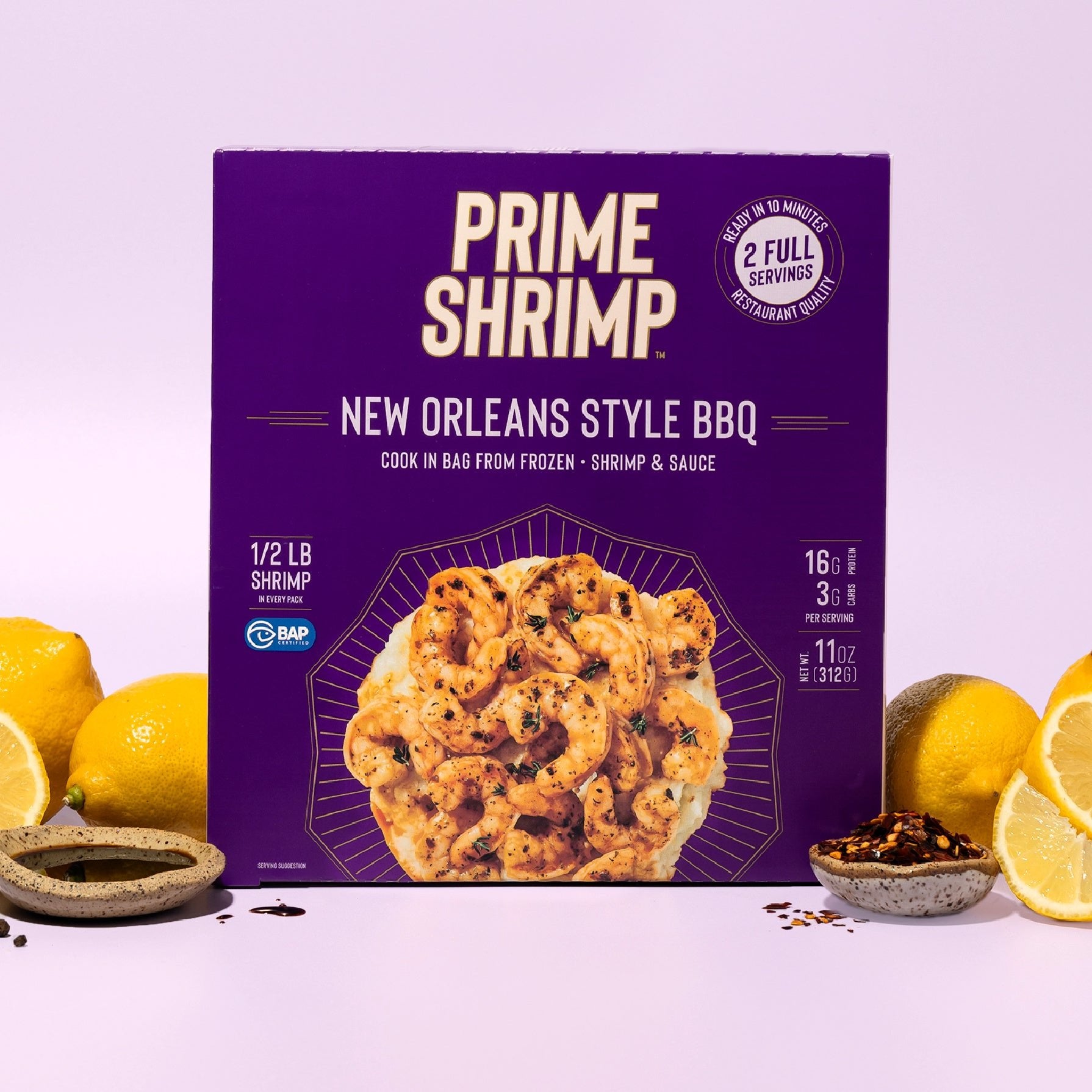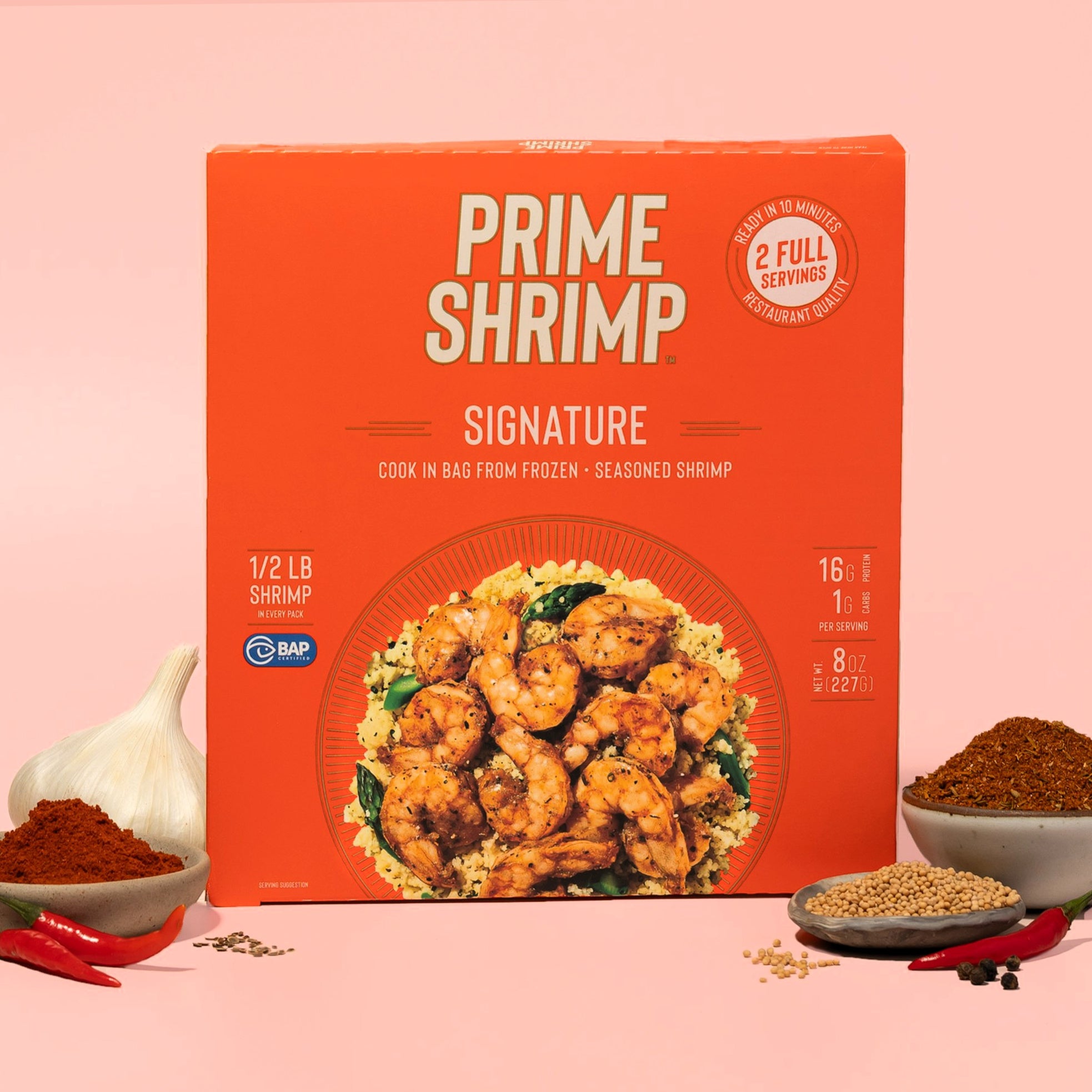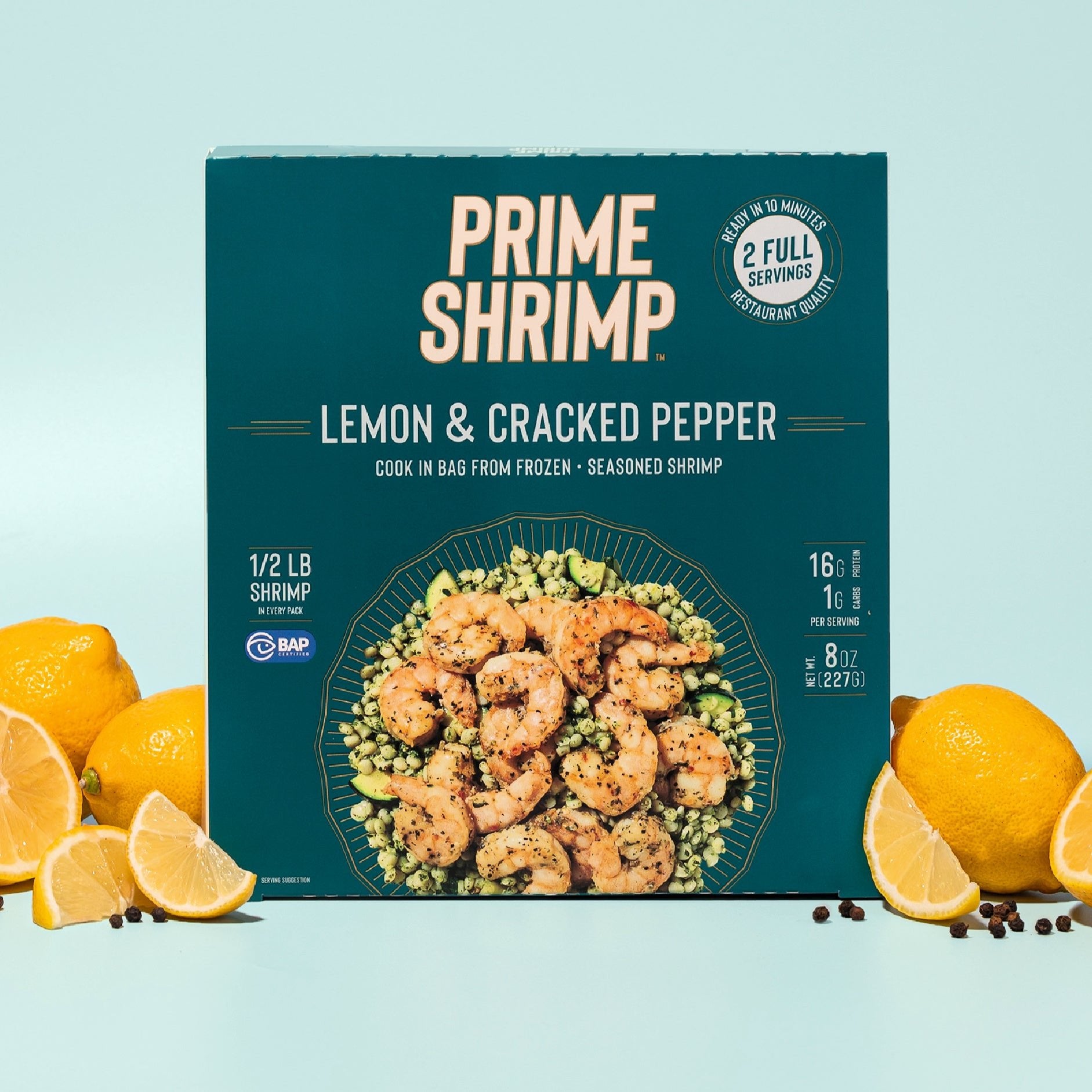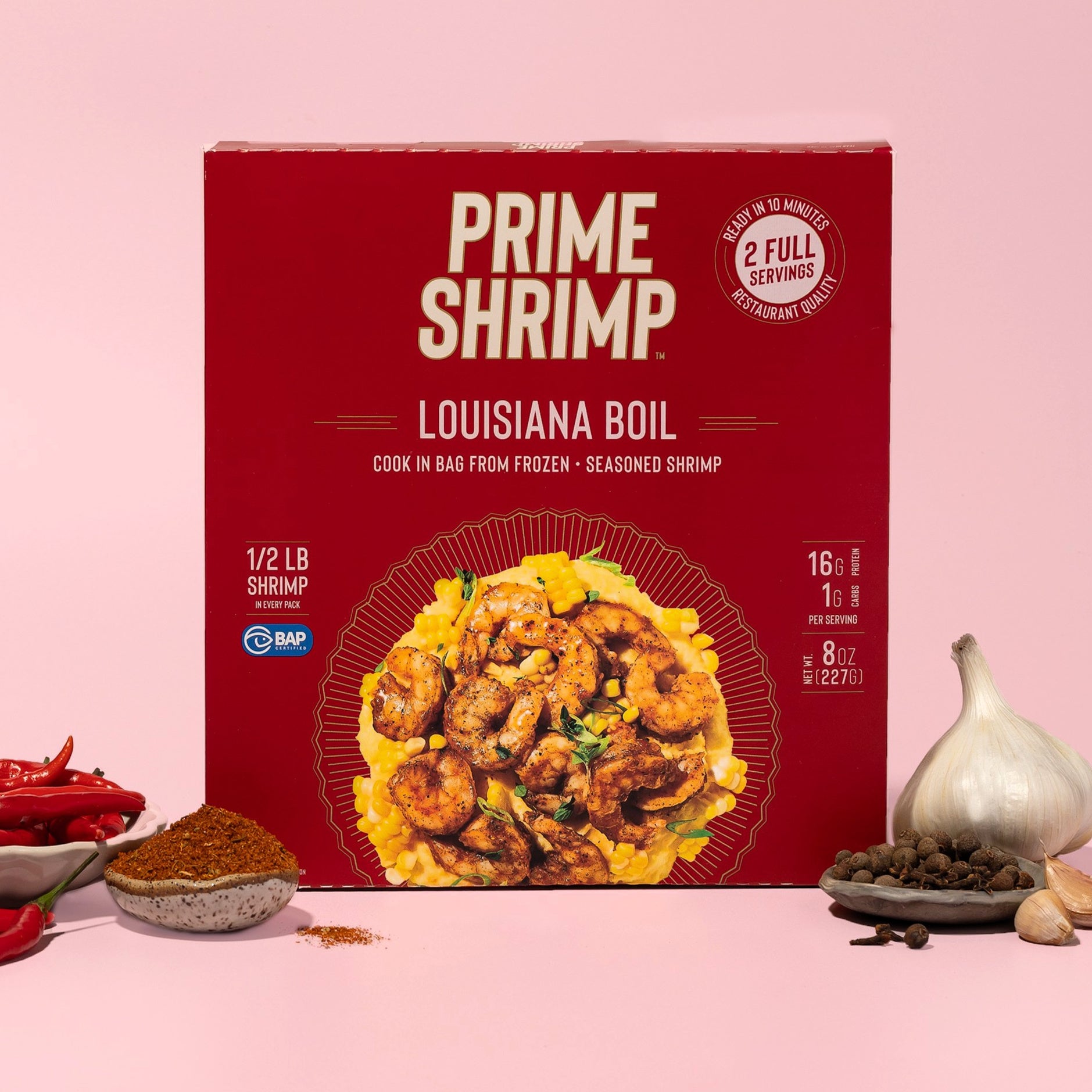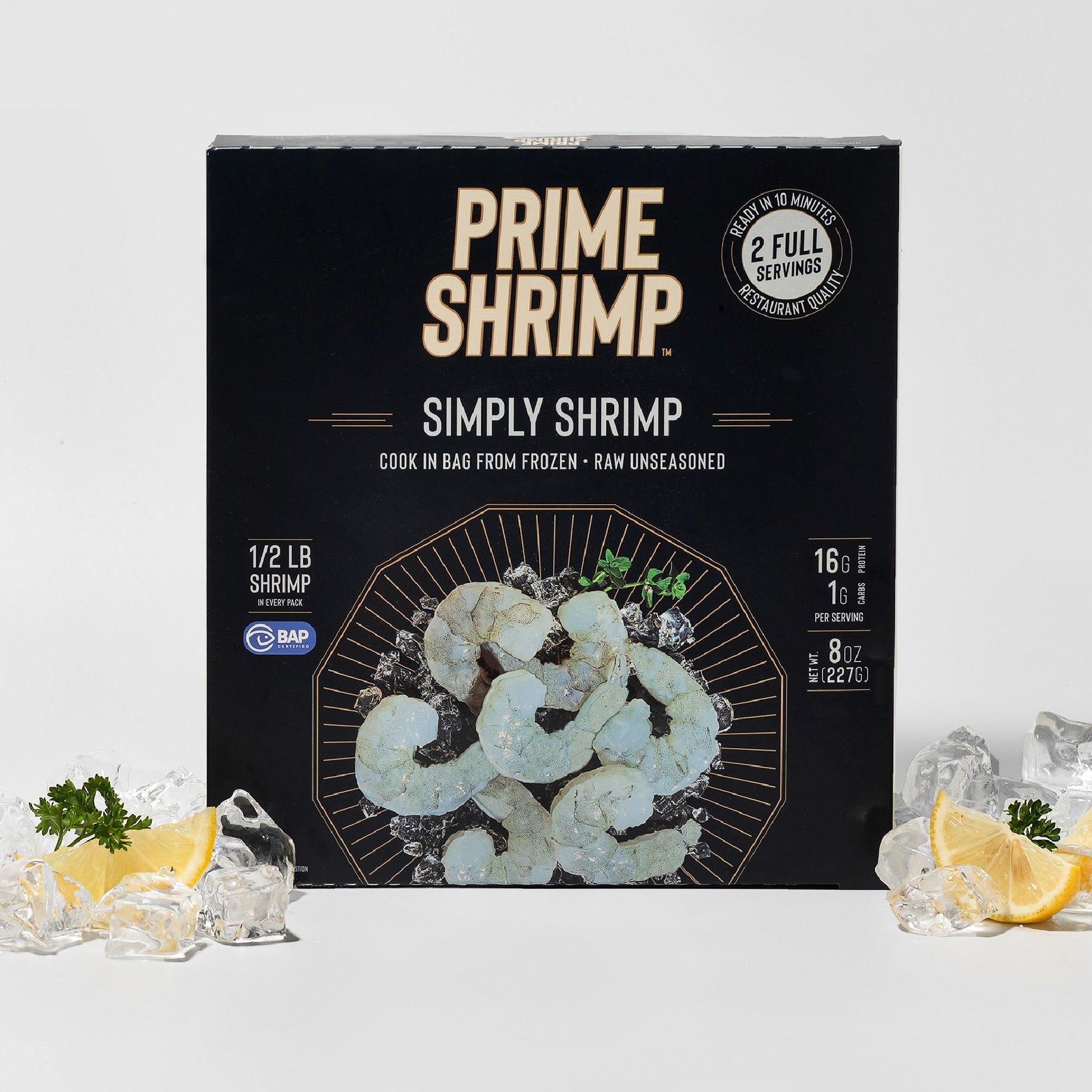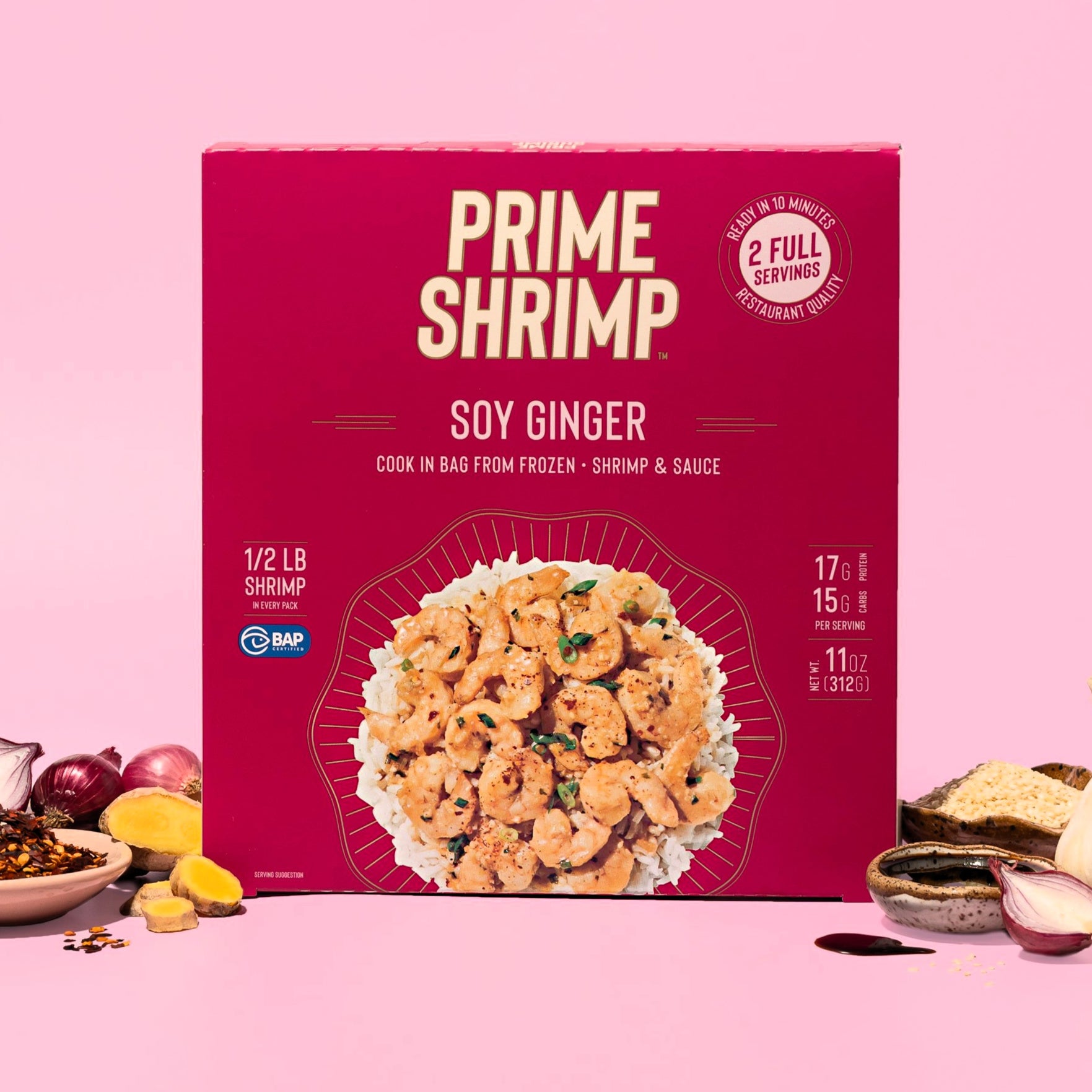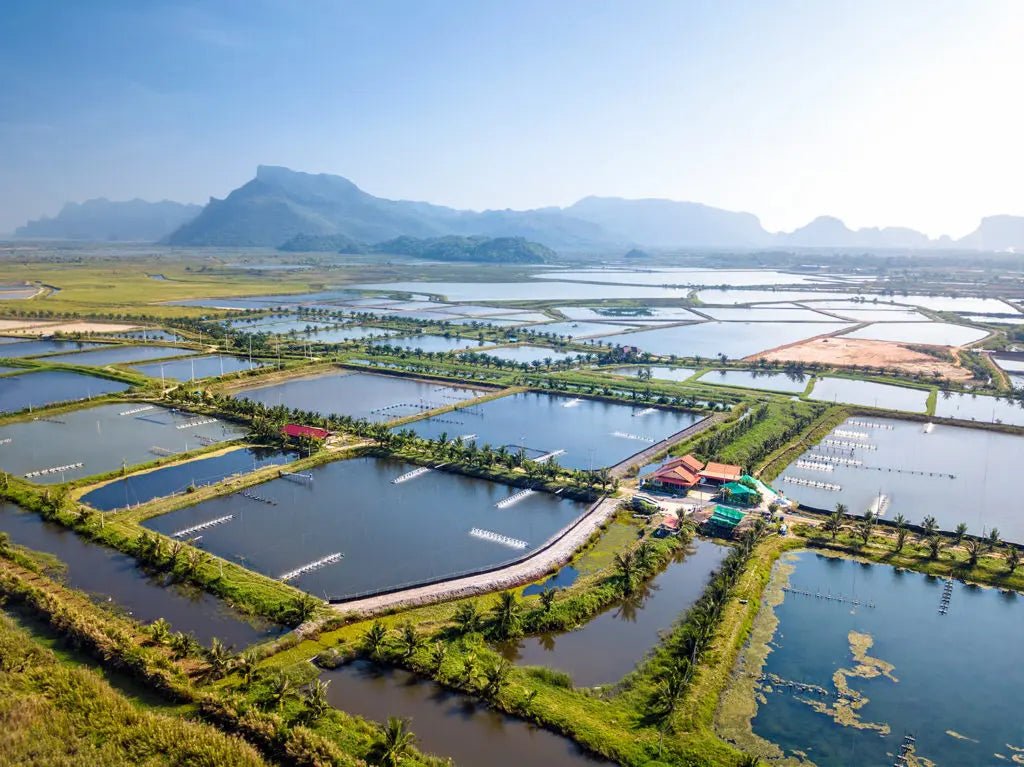

A History of Aquaculture
Aquaculture, also known as fish farming, is the cultivation of aquatic organisms such as fish, mollusks, crustaceans, and seaweed. The practice of aquaculture dates back to ancient civilizations such as the Chinese, Greeks, and Romans, who utilized simple techniques such as pond culture to raise fish for food and other purposes.
In the 19th century, advances in transportation and refrigeration made it possible to transport live fish from one location to another, leading to the development of modern aquaculture. During the 20th century, the demand for fish and other seafood increased due to a growing world population, leading to an increase in the development of new aquaculture methods and technologies.
Today, aquaculture is a multi-billion dollar industry that supplies over 50% of the world's seafood. The most common species raised in aquaculture are salmon, shrimp, tilapia, and catfish. The industry has also expanded to include the cultivation of seaweed and other aquatic plants, as well as the breeding and raising of shellfish such as oysters and clams.
Despite its growth and success, aquaculture has faced criticism and challenges. Some of the concerns include the use of chemicals and antibiotics in fish feed, the potential for the escape of non-native species, and the impact of fish farms on local ecosystems and wild fish populations.
Aquaculture has a rich history that dates back to ancient civilizations and has evolved into a major industry that supplies a significant portion of the world's seafood. The industry continues to face challenges and criticism, but it remains an important part of the world's food system and is likely to play a growing role in feeding a growing global population.
Share:
More News
-

Prime Shrimp in the News: Must-Try Recipes in 2025
Prime Shrimp is making waves in the culinary world, recently being featured on The Lifestyle List and News Channel 8’s Daytime. These popular shows highlighted how Prime Shrimp is rethinking the way you cook shrimp at home with its quick, flavorful, and effortless meal solutions. Watch the video or keep read more for the full story.
-
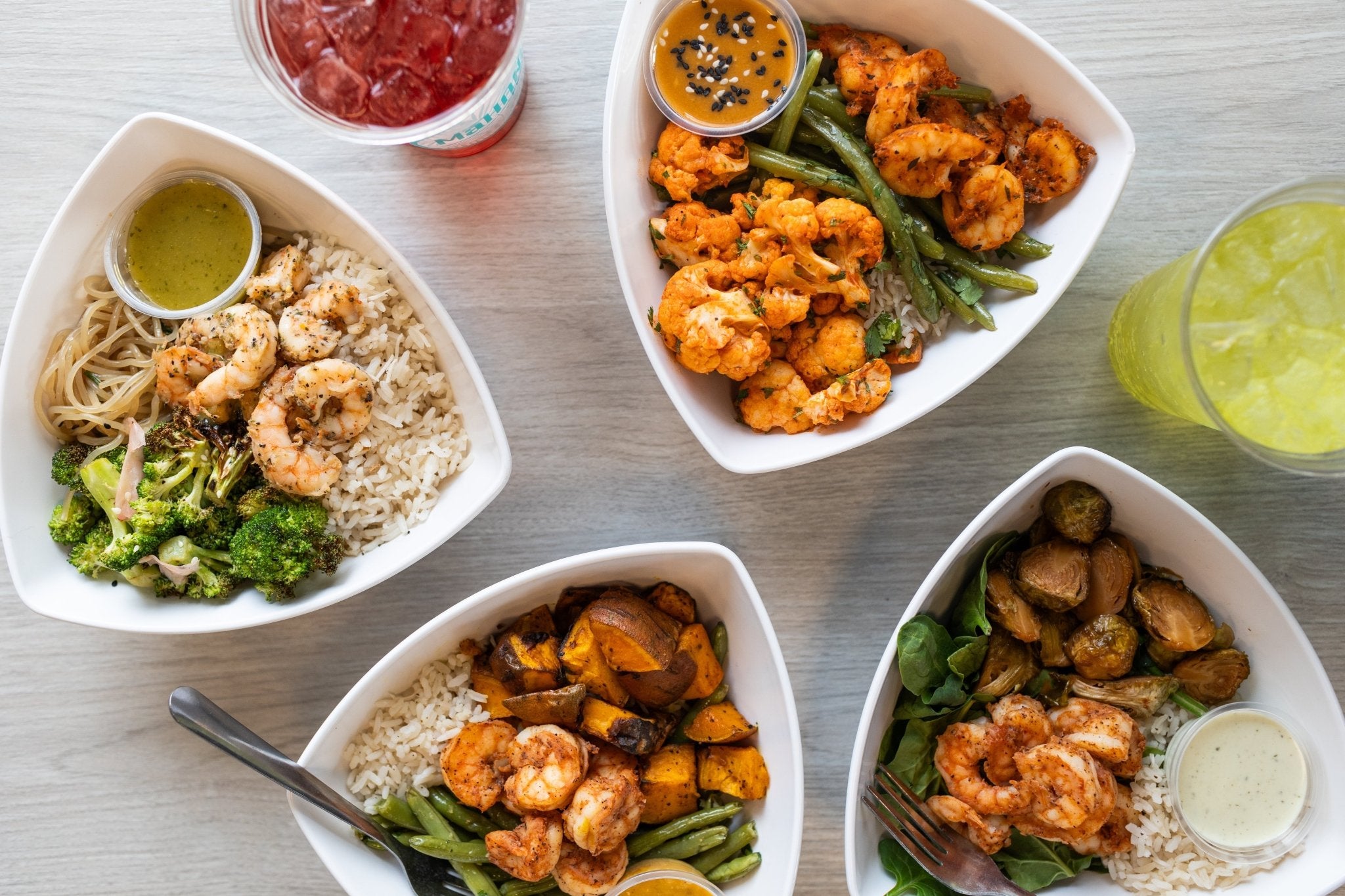
Prime Shrimp Partners with Mahana Fresh For “Shrimply Paradise”, A Celebration of Shrimp
Prime Shrimp, the brand known for its premium flavored shrimp and innovative cook-in-pouch method, is teaming up with Mahana Fresh, a fast-casual restaurant specializing in healthy, customizable dishes, to offer a limited-time, flavor-packed promotion. Through April 30, 2024, customers can...
-

Elevating the Quality of Farm-Raised Shrimp: The Prime Shrimp Mission
In a market where over 90% of shrimp consumed in the U.S. is imported and often of subpar quality, Prime Shrimp is on a mission to revolutionize the industry. By focusing on sustainability, advanced processing technology, and premium quality, Prime...




